Shannon Perry aus Seattle entwirft bezaubernd realistische Tattoo-Designs
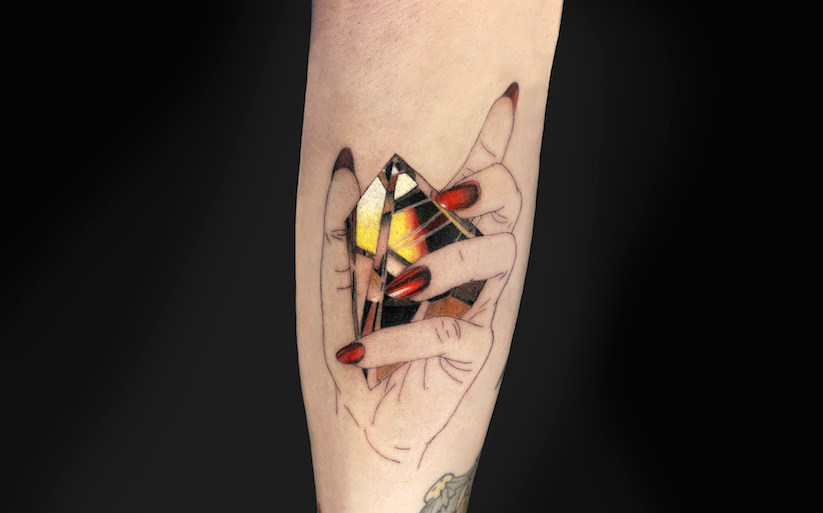
Zum Start ins nahende Wochenende gibt’s mal wieder etwas Inspiration aus dem Bereich der Tinten-Kunst für Euch: Internationale Tattoo-Artists verstehen es schon seit geraumer Zeit bestens, unser Interesse für sich und ihre Kunst zu gewinnen. Zuletzt waren das beispielsweise Menschen wie Victor Montaghini (São Paulo), Josh Peacock (Cambridge ), Guillaume Smash & Emilie B (France), Peter Derrfuss aka Hackepeter (Nürnberg) oder Expanded Eye (UK). Heute haben wir einige Highlights aus dem kreativen Schaffen von Tattoo-Künstlerin Shannon Perry aus Seattle im Programm. Die kreative Dame verbindet in ihren Artworks auf ziemlich interessante Weise, realistische Darstellungen mit Comic/Sketch-Elementen. Ihr Background als fotorealistische Malerin kommt nun der Kundschaft in ihrem feminist-powered Valentine’s Tattoo Co.-Studio zu Gute. Guckt doch mal:
Inspired by the way light travels through prisms, tattooer Shannon Perry started to experiment. “The first time I did a reflective piece, I had no intention of it being so realistic. I just didn’t feel the need to stylize it.” She achieves the luminous effect through “a process of breaking the image down into a million pieces and reconstructing it slowly. It’s like a really complex paint-by-numbers. Perry makes it sound easy, but her background merits a mention here. Before picking up a machine and launching Seattle’s feminist-powered Valentine’s Tattoo Co., she was a photorealistic painter. She also spent many nights in a darkroom, navigating the nuance of light exposure. At this point, understanding how light behaves is somewhat instinctive. Still, translating that to skin isn’t simple. “White ink is the bane of all tattooers’ existence,” she laughs, “if they choose to work with it.” She sees white as a necessary evil to achieve some of the ‘pop’ for these tattoos. And to boost their life span, she’ll tackle large pieces with tiny tools. “I do single needle for everything, because it seems to heal with a bit more precision than using a 3 or 7 [needle] for shading, but that’s just my experience. For maintenance, it really varies from person to person and from piece to piece.”

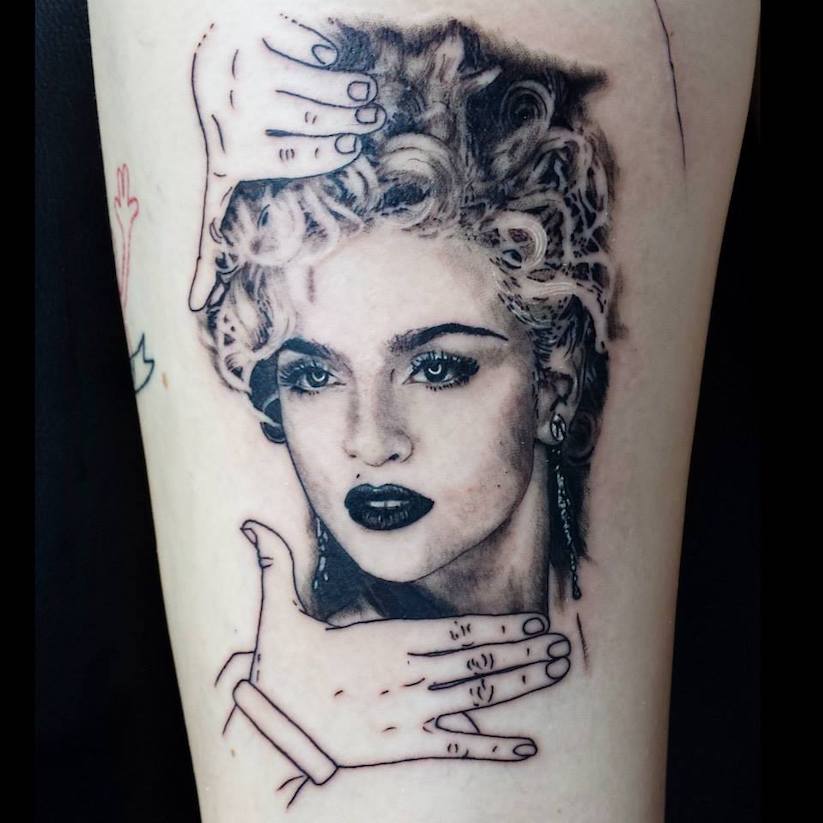
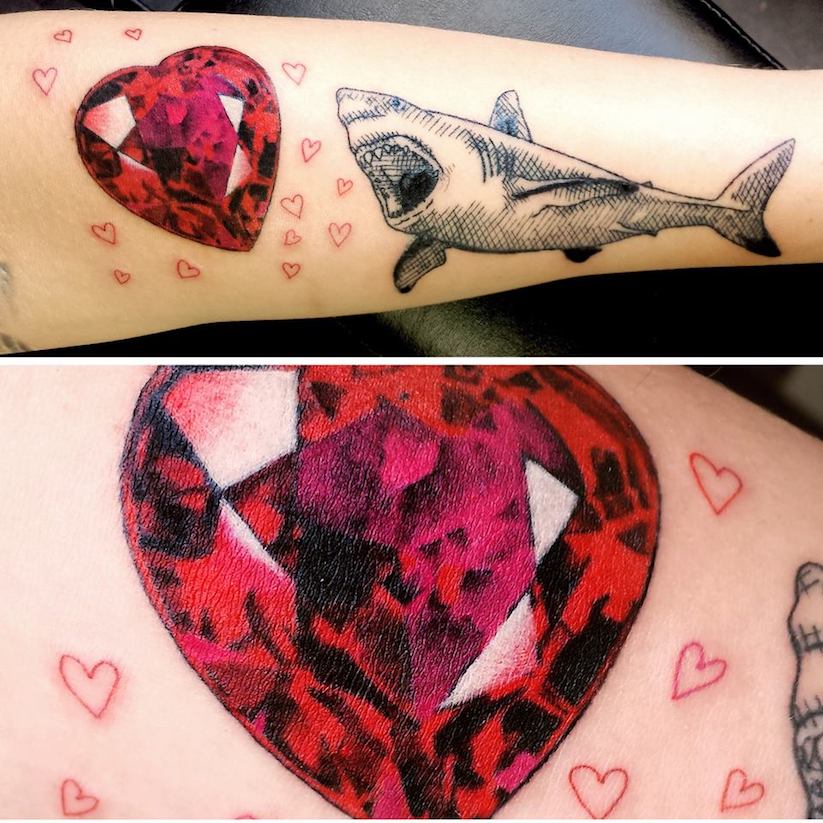
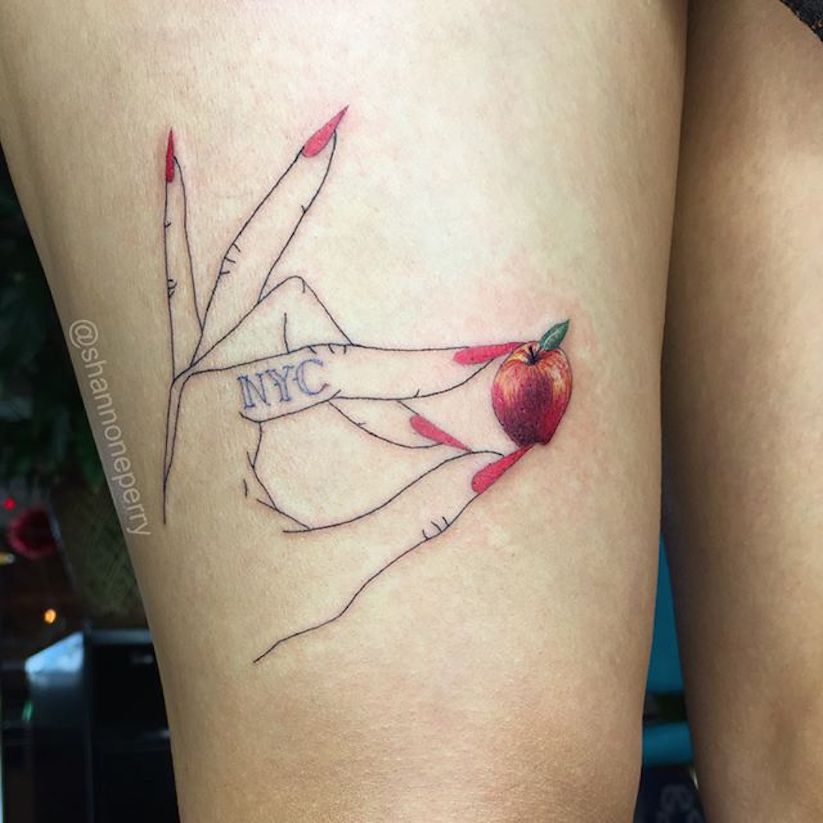
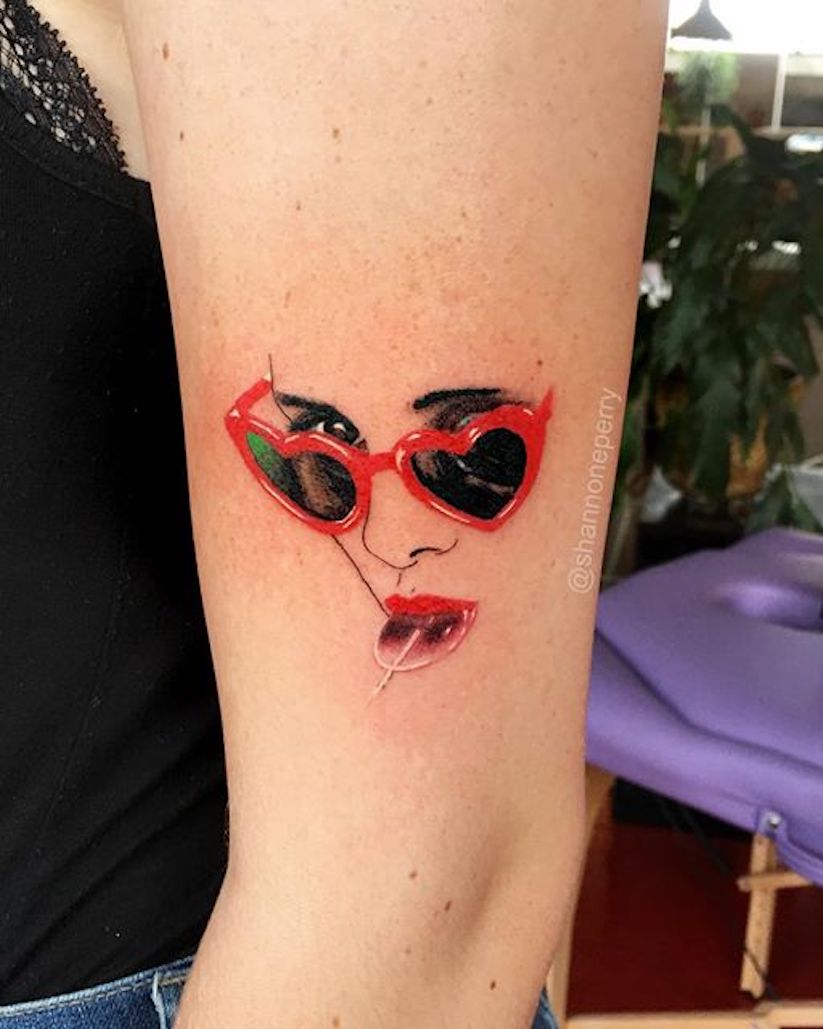
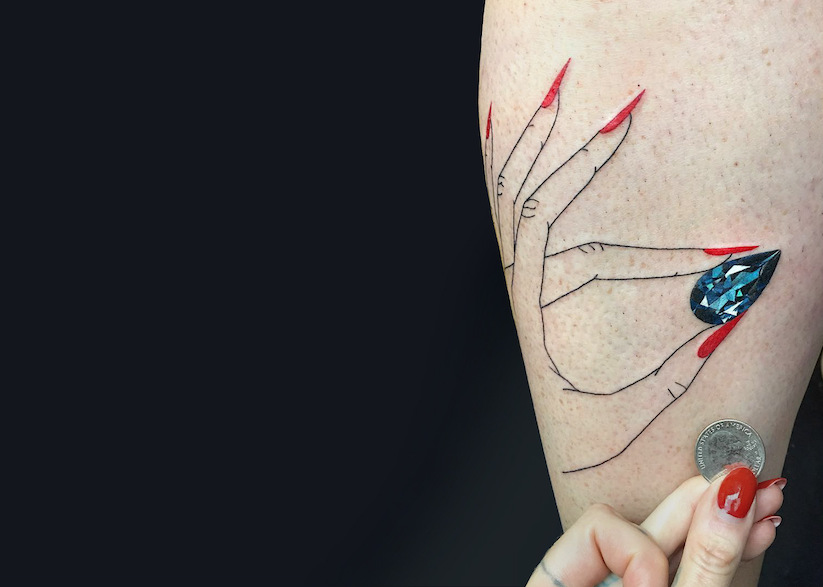
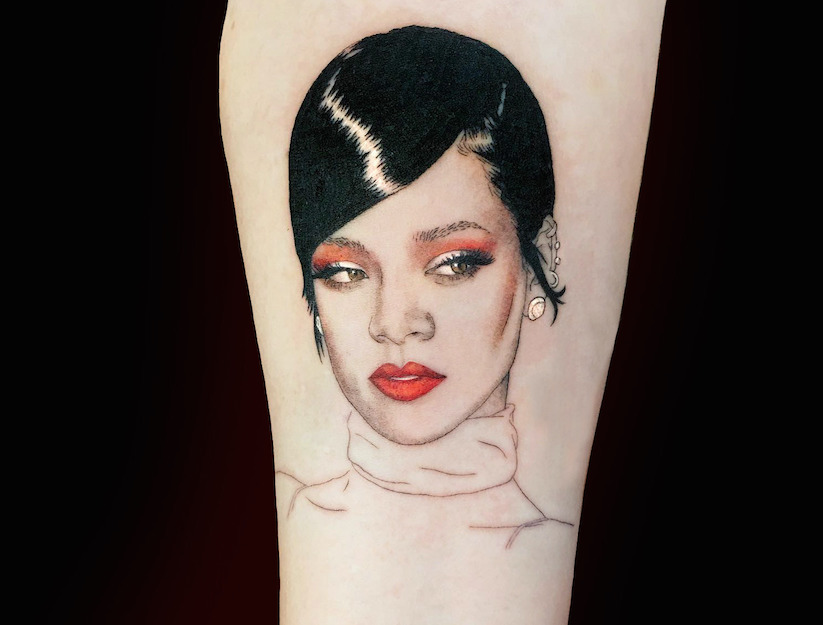
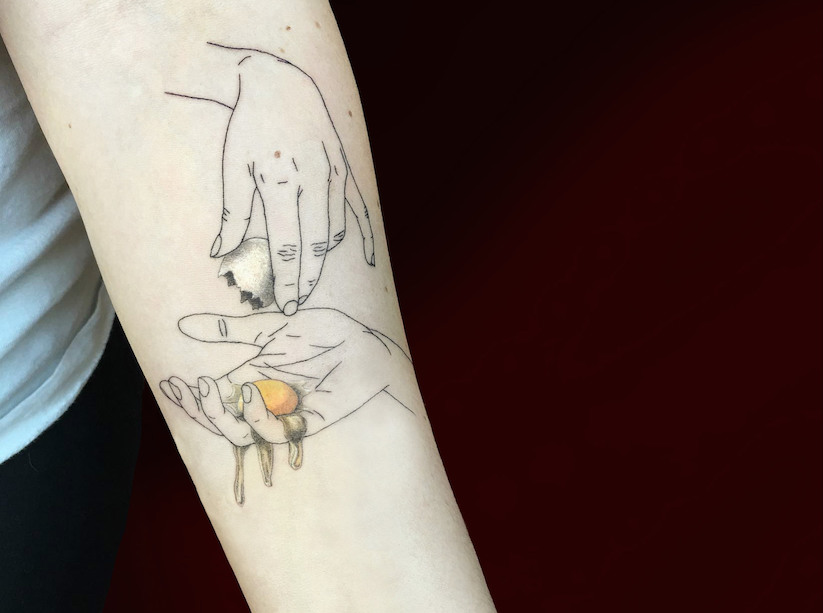
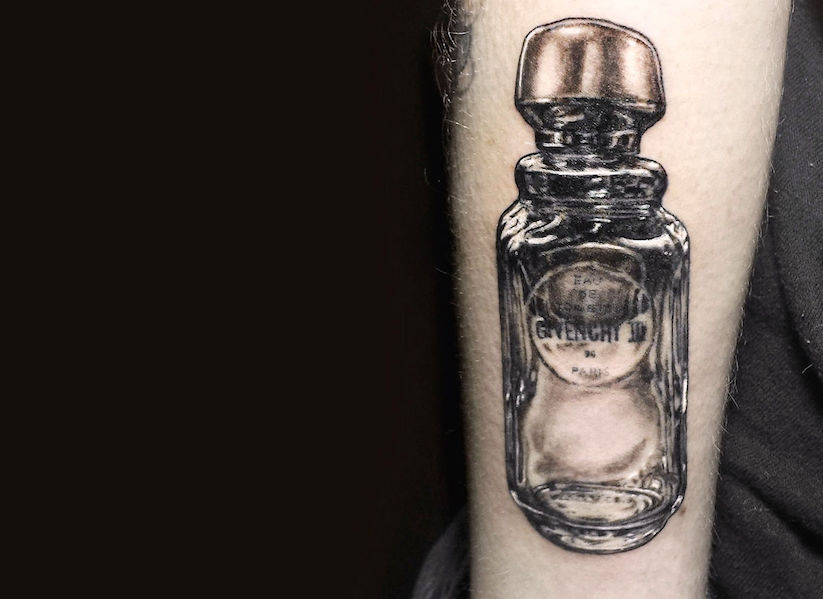
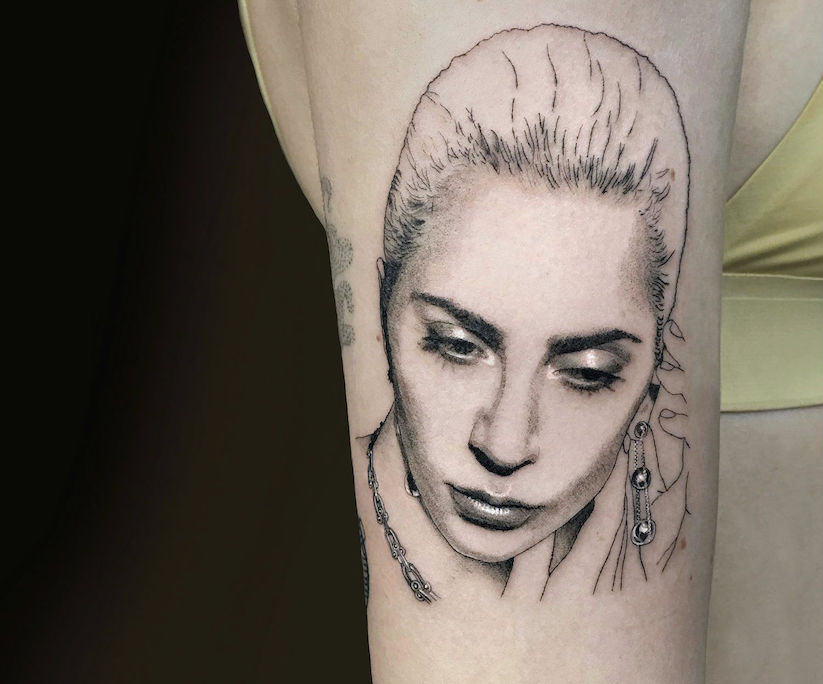
—
[via Illusion]



Schreibe einen Kommentar